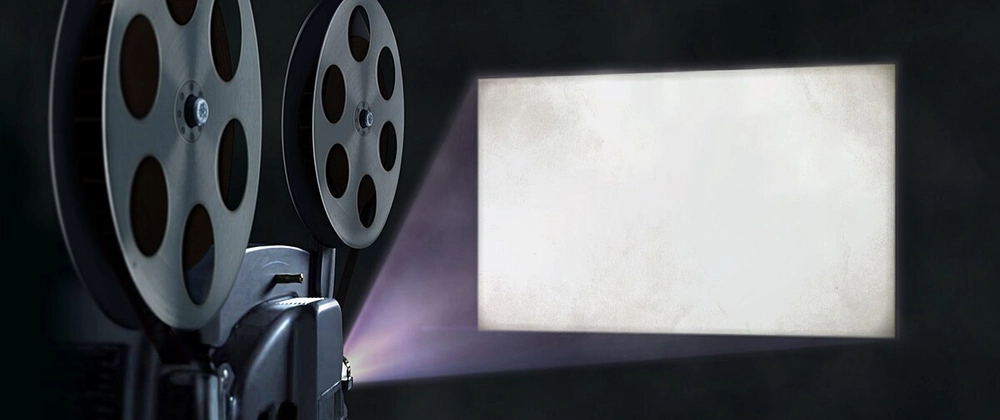The movie projectors market has been witnessing a significant shift in the last decade owing to improvements in technology, altering customer preferences, and a rise in popularity of home entertainment. With cinema halls adopting digital projection and people craving a theater experience at home, demand for quality projectors has increased. In this blog, the latest trends, challenges, and future outlook for the movie projectors market are examined.
Market Trends and Growth Drivers
The most significant trend in the film projector industry is the switch from traditional lamp-based projectors to laser and LED-based projectors. The latter delivers improved brightness, color accuracy, and longer lifespan and is therefore a favorite among commercial and home theater users alike. Projectors featuring 4K and even 8K have also enhanced the viewing experience, attracting film enthusiasts and gamers alike.
Fast expansion of digital entertainment platforms, including streaming media services of Netflix, Amazon Prime, and Disney+, also drove the market demand for high-quality home projectors. Customers increasingly spend on home entertainment centers as they use small and handy portable projectors with wireless functionality and integrated smart solutions. Voice control, AI-picture optimizing, and seamless integration into online streaming providers make next-generation projectors more than a handy choice compared to their conventional big screen equivalents.
Movie Projectors Market Challenges in the Market
Despite the surge in demand, the market for film projectors has some challenges. The extremely high initial cost of advanced laser and 4K projectors acts as a deterrent to consumers working on limited budgets. Moreover, excessive maintenance for advanced models deters some potential buyers. Competition also comes from giant-sized OLED and QLED television sets, whose very good pictures and relatively lower prices pose a challenge to the sale of projectors.
The second hindrance is the effect of the COVID-19 pandemic, which widely affected the business of commercial cinemas. Most of the theaters were forced to shut down or cut down on their capacity to function, thereby leading to reduced demand for cinema hall high-end digital projectors. But in this hindrance as well, there arose a chance for home projector sales to flourish because people yearned for entertainment solutions at home.
Future Prospects and Innovations
In the future, the future of the movie projectors market appears to be rosy, with continuous technological innovations characterizing the market. The development of ultra-short-throw projectors, which can display large images from a very short distance, is expected to enhance convenience for home users. Furthermore, the development of HDR and frame interpolation technologies will continue to enhance the visual experience, further enhancing the popularity of projectors among consumers.
Sustainability is also on the rise, as manufacturers invest in energy-efficient and environmentally friendly projection solutions. Examples include laser projectors that end the necessity of lamp replacements frequently, lowering energy usage and the amount of electronic waste generated.
Conclusion
The movie projectors market stands at a fascinating juncture, with emerging technology and evolving consumer preferences governing its course. In spite of adversity, advancements in laser projection, smart connectivity, and immersive viewing will likely propel market growth over the coming years. Commercial cinema or domestic use aside, projectors remain an attractive way of viewing good pictures on a grand scale.
Published By
Shubham Choudhry
Senior Market Research Expert at The Insight Partners





Top comments (0)